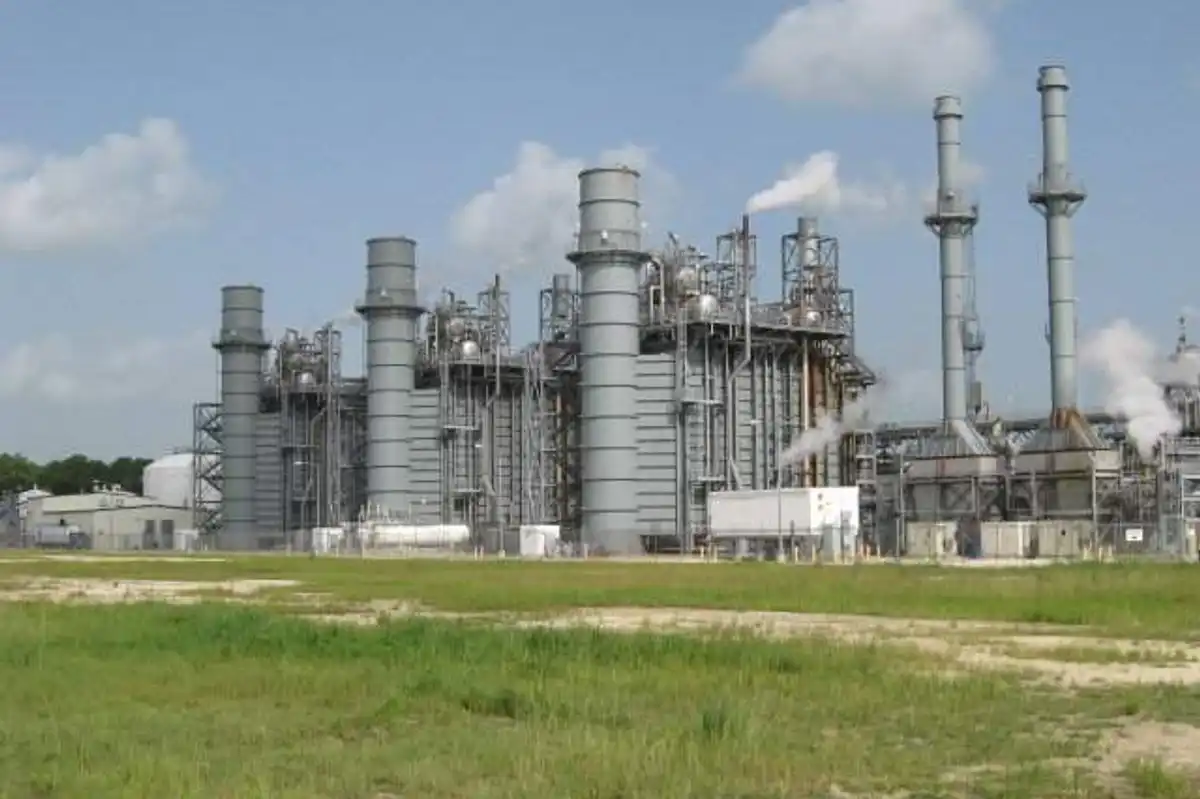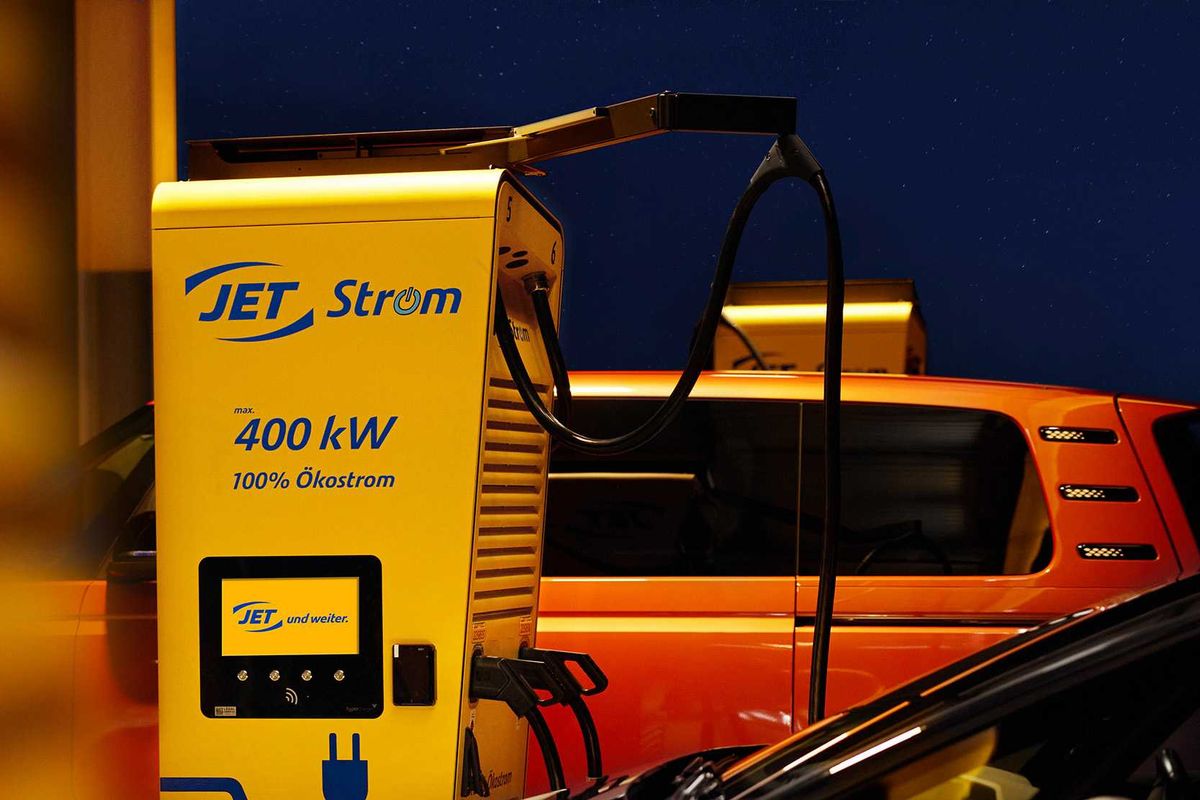Fervo named to prestigious list of climate tech companies to watch
top honor
Houston-based Fervo Energy has received yet another accolade—MIT Technology Review named the geothermal energy startup to its 2025 list of the 10 global climatetech companies to watch.
Fervo, making its second appearance on the third annual list, harnesses heat from deep below the ground to generate clean geothermal energy, MIT Technology Review noted. Fervo is one of four U.S. companies to land on the list.
Fervo “uses fracking techniques to create geothermal reservoirs capable of delivering enough electricity to power massive data centers and hundreds of thousands of homes,” MIT Technology Review said.
MIT Technology Review said it produces the annual list to draw attention to promising climatetech companies that are working to decarbonize major sectors of the economy.
“Though the political and funding landscape has shifted dramatically in the US since the last time we put out this list,” MIT Technology Review added, “nothing has altered the urgency of the climate dangers the world now faces — we need to rapidly curb greenhouse gas emissions to avoid the most catastrophic impacts of climate change.”
In addition to MIT Technology Review’s companies-to-watch list, Fervo has appeared on similar lists published by Inc.com, Time magazine and Climate Insider.
In an essay accompanying MIT Technology Review’s list, Microsoft billionaire Bill Gates said his Breakthrough Energy Ventures investment group has invested in more than 150 companies, including Fervo and another company on the MIT Technology Review list, Redwood Materials.
In his essay, Gates wrote that ingenuity is the best weapon against climate change.
Yet climate technology innovations “offer more than just a public good,” he said. “They will remake virtually every aspect of the world’s economy in the coming years, transforming energy markets, manufacturing, transportation, and many types of industry and food production. Some of these efforts will require long-term commitments, but it’s important that we act now. And what’s more, it’s already clear where the opportunities lie.”
In a recent blog post highlighting Fervo, Gates predicted geothermal will eventually supply up to 20 percent of the world’s electricity, up from his previous estimate of as much as 5 percent.
Fervo is one of the pioneers in geothermal energy. Gates and other investors have pumped $982 million into Fervo since its founding in 2017. With an estimated valuation of $1.4 billion, Fervo has achieved unicorn status, meaning its valuation as a private company exceeds $1 billion.
Aside from Breakthrough Energy Ventures, oilfield services provider Liberty Energy is a Fervo investor. U.S. Energy Secretary Chris Wright was chairman and CEO of Denver-based Liberty Energy before assuming his federal post.
Axios reported on Oct. 1 that Fervo is raising a $300 million series E round, which would drive up the startup’s valuation. News of the $300 million round comes as the company gears up for a possible IPO, according to Axios.
Fervo co-founder and CEO Tim Latimer told Axios this spring that a potential IPO is likely in 2026 or 2027. Ahead of an IPO, the startup is aiming for a $2 billion to $4 billion valuation, Axios reported.
The first phase of Fervo’s marquee Cape Station geothermal energy plant in Utah is scheduled to go online next year, with the second phase set to open in 2028. Once it’s completed, the plant will be capable of generating 500 megawatts of power. This summer, the startup said it secured $205.6 million in capital to finance construction of the plant.
- Houston unicorn startup named North American Company of the Year by cleantech firm ›
- 3 Houston energy companies rank among most innovative startups in Texas ›
- 8 Houston energy companies land on Time's top greentech list for 2025 ›
- Fervo Energy spotlighted by Bill Gates as geothermal’s global growth driver ›
- Fervo Energy selects Baker Hughes to supply geothermal tech for power plants ›
- Fervo Energy closes $462M series E - Energy Capital ›











